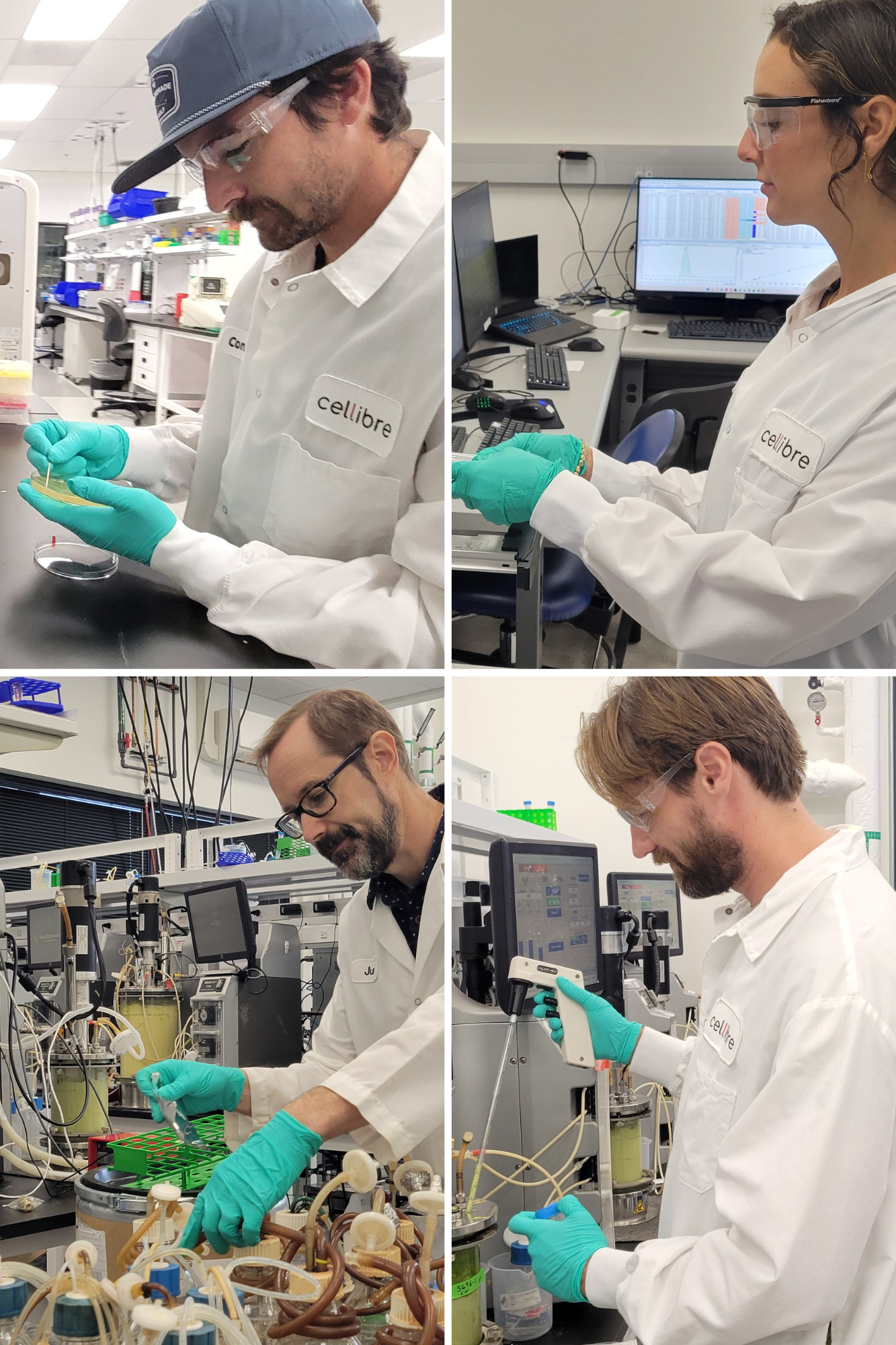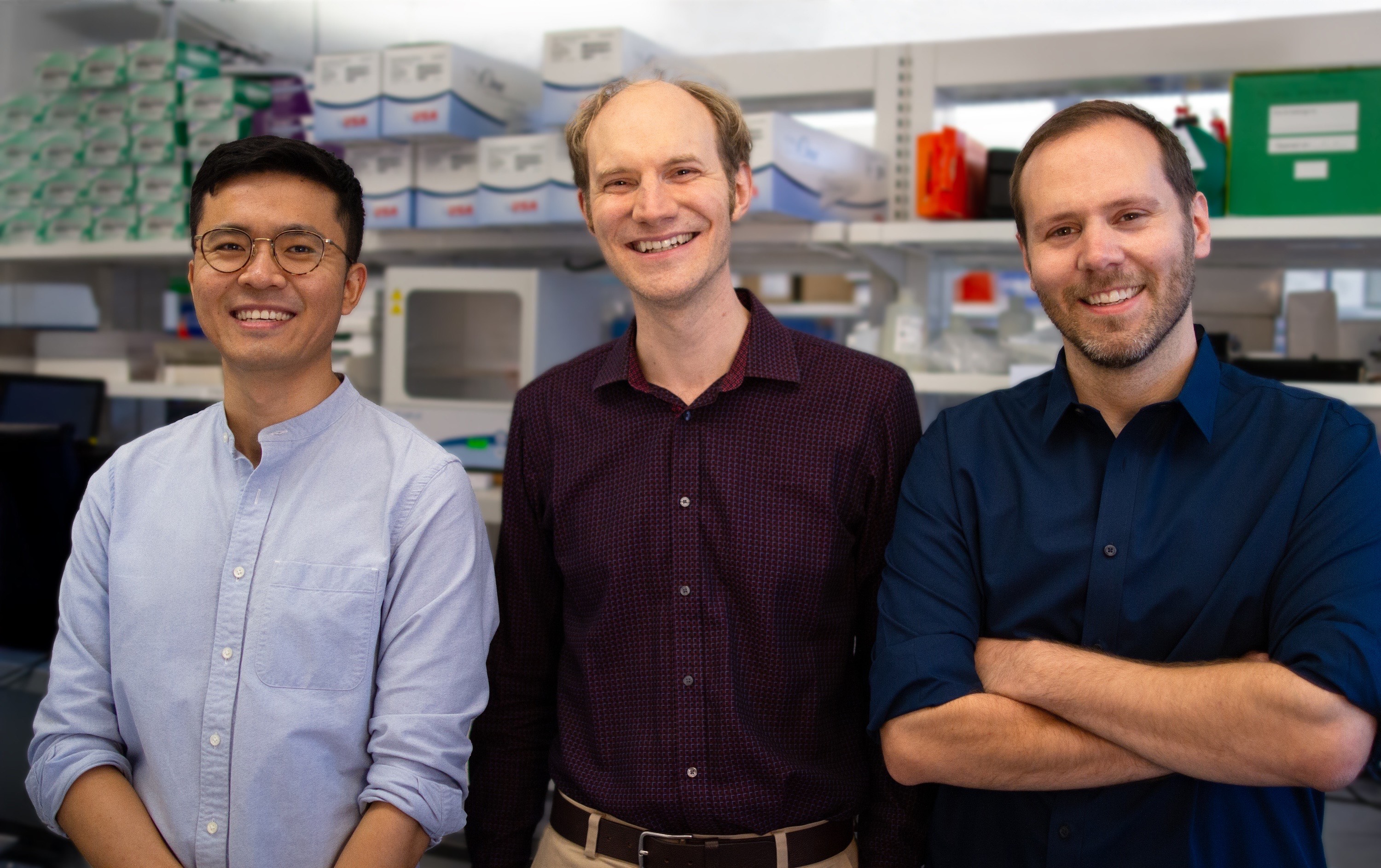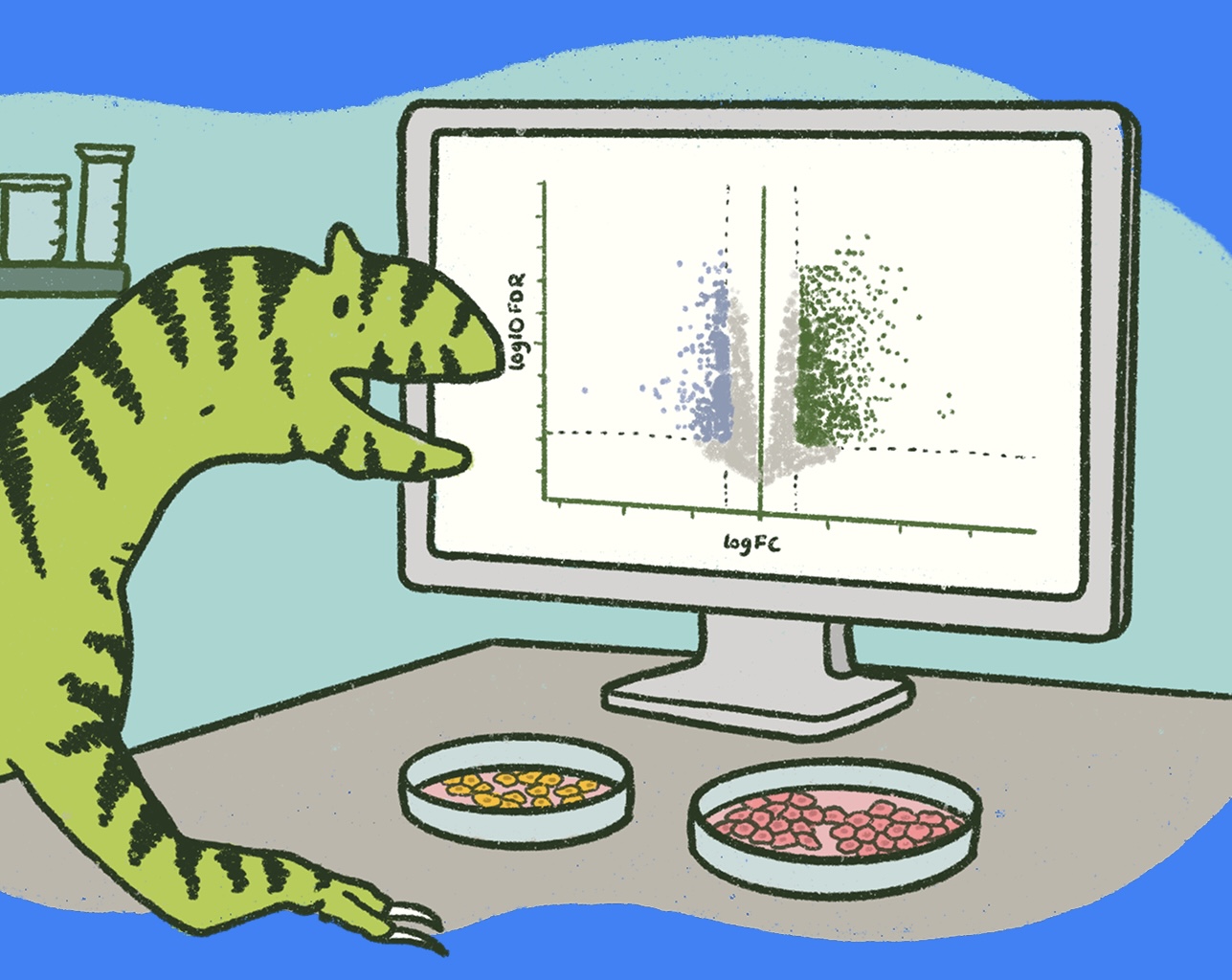
Your Car Is More Plastic Than You Know. This Company May Soon Be Brewing Its Parts With Biology.
Your Car Is More Plastic Than You Know. This Company May Soon Be Brewing Its Parts With Biology.
A new partnership aims to brew the raw materials needed for greener bioplasticsHenry Ford made a splash at the 1941 city festival in Dearborn, Michigan. There, he and his team of chemists debuted a car unlike any the world had seen: The soybean car, as it came to be known, bore a glossy white body made entirely of plastic. Ford promised such vehicles would be lighter and safer than the steel-wrapped ones he was famous for manufacturing. In a move reminiscent of a Tesla TSLA event, Ford even brought an ax down on a plastic car hood to demonstrate its superior strength.Ford saw a bright future in plastics. “Literally tens of thousands of articles and manufactured automobile parts now made of metals will be made plastically from materials grown on the farm,” he told the New York Times NYT.Indeed, the soybean car was built from what is now called bioplastic. Robert Boyer, the chemist who led the project, estimated that to produce a million such cars, the Ford Motor Company would need 100,000 bales of cotton, 500,000 bushels of wheat, 700,000 bushels of soybeans, and 500,000 bushels of corn.World War Two squelched Ford’s bioplastic project. But today’s consumer vehicles do feature plastic bodies. Those shells, however—like almost all the shopping bags, packing peanuts, toothbrushes, and other detritus that’s choking the ocean—are made from petroleum, not plants.
Two steps forward, one step back
Plastics are carbon-based materials that can be molded into almost any shape. Whether firm or flexible, all are made from simpler chemicals that link together to form the final substance.The first plastics ever invented were made from chemicals extracted from plants. But in the twentieth century, refined petroleum became the feedstock of choice, enabling the creation of nylon, Teflon, polyvinyl chloride, and countless other advanced synthetic materials.Consumers today are beginning to recognize the inherent harm of petrochemical plastics. Bioplastics offer a seductive alternative, but they aren’t necessarily greener. As Boyer noted, bioplastic manufacturing requires a lot of farmland. If those fields are used to grow parts, they cannot be used to grow food. This tension between the carbon cost of farming and the carbon benefits of bioplastics has sullied the promise of many bio-based materials, including many of today’s bioplastics.Enter Lygos and Praj.
Biology to the rescue
This month, Praj Industries, based in India, and Lygos, based in California, announced a partnership to create a new, greener feedstock for bioplastic manufacturing. The pair will use yeast to brew lactic acid, a precursor for the bioplastic polylactic acid, or PLA.PLA is an established substitute for many petrochemical plastics found in cups, bags, and other common consumer items. It is completely biodegradable and has even been used inside the human body in the form of disappearing surgical screws and sutures.As I have written about before, Lygos specializes in training microbes to do the hard work of manufacturing. Through microbial production of malonic acid and other chemicals, Lygos aims to disrupt the use of petrochemicals in the automotive and manufacturing sectors.As part of the new partnership, Praj will leverage its expertise in process development, optimization, design scale-up and will further integrate lactic acid as a source material for PLA.“Our focus over the past three decades on environment, energy and agri-process industry complements global efforts to mitigate climate change and is in tune with global circular bioeconomy,” said Pramod Chaudhari, Executive Chairman of Praj, in a statement.“We are pleased to partner with Praj and the Praj Matrix team whose deep expertise spans commercialization, engineering, and scale-up, construction and operation of similar industrial processes. This is an exciting time where the world’s demand for sustainable, safe products not produced from toxic petroleum continues to grow,” said Lygos CEO Eric Steen.
Driving toward a sustainable future
It might surprise you to learn that one-third of the 30,000 or so parts in a vehicle are already made out of plastic, as Nexant reports. About 39 different types of plastics and polymers are used to make a car, and virtually all of it comes from petrochemicals.But unlike petrochemical processes, biomanufacturing can be used to brew chemicals with molecular precision, designing plastics with better performance than what we can extract from petroleum. (Inspired by spider silk, which is 340 times stronger than steel, Japanese synthetic biology startup Spiber is employing a similar strategy to produce high-performance synthetic polymers not just for automotives, but eventually also for medical devices, construction, sports, aerospace, furniture, and robotics.)If companies like Lygos are able to make manufacturing bioplastics take off, not only could we realize Henry Ford’s vision of more affordable and fuel-efficient vehicles, but we may also enter a world of truly guilt-free plastic.Follow me on Twitter at @johncumbers and @synbiobeta. Subscribe to my weekly newsletters in synthetic biology. Thank you to Ian Haydon for additional research and reporting in this article. I’m the founder of SynBioBeta, and some of the companies that I write about are sponsors of the SynBioBeta conference and weekly digest. Here’s the full list of SynBioBeta sponsors. Originally published on Forbes: https://www.forbes.com/sites/johncumbers/2020/08/01/can-this-california-startup-brew-sustainable-guilt-free-plastic-from-sugar/



.svg)











.gif)